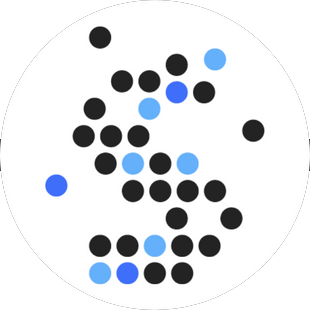Hoe werkt de Savvii cache?
Alle websites bij Savvii maken standaard gebruik van Varnish caching. Dit is een laag over alle websites die de meest opgevraagde pagina’s in kant en klaar formaat onthoudt, zodat deze niet elke keer opnieuw opgebouwd hoeft te worden. Bepaalde pagina’s – bijvoorbeeld pagina’s met dynamische inhoud – kunnen lastig gecachet worden. Het is aan te raden deze dan uit te sluiten van caching.
De cache werkt ook niet als je ingelogd bent, of als je site sessies gebruikt. Deze sessies zijn te herkennen aan de PHPSESSID-cookies.
Jullie caching lijkt niks te doen, kan dat kloppen?
Dat kan, en dit kan verschillende redenen hebben. Zo is het mogelijk dat je een plugin of thema hebt dat de cache uitschakelt, zonder dit aan je te melden. Je kunt dit controleren door de response header te bekijken. Deze vind je via de Developer Tools (F12 in Chrome en Firefox). Als je via het tabje Network klikt op de eerste request die gedaan wordt om je site op te bouwen, kun je de response headers inzien. De header Cache-Control is daarbij belangrijk. Staat daar iets dat lijkt op no-store of no-cache? Dan werkt de cache niet.
Zie je in deze eerste request een cookie met een naam die lijkt op PHPSESSID? Dan is er een plugin die een sessie zet. Deze oplossing werkt ook voor een plugin of thema dat je cache uitschakelt.
Wanneer moet ik zelf de cache flushen?
Soms moet je de Varnish cache vertellen dat de cache opnieuw opgebouwd moet worden. Bij de meeste acties, zoals pagina’s (her)publiceren, wordt de cache automatisch geflusht als je de Savvii Warpdrive plugin geïnstalleerd hebt. Voor andere acties, zoals aanpassingen in je CSS, moet je zelf de cache flushen via de knop Cache flush die de Warpdrive plugin in de WP-admin plaatst.
Bij onderstaande acties wordt je cache automatisch geflusht:
- Publiceren of verwijderen van een post of page
- Deleten of wijzigen van een attachment
- Het wijzigen van een thema
- Statuswijziging van een comment (approved, unapproved, thrash, spam)
Je moet zelf de cache flushen als je een van onderstaande zaken gedaan hebt:
- Invoegen of verwijderen van plugins
- Invoegen of verwijderen van widgets
- Aanpassen van permalink-instellingen
- Uploaden van aangepaste CSS, JS, images of andere assets
Waarom wordt mijn dynamische content niet geüpdatet?
De Varnish caching maakt een momentopname van je site. Daarom wordt de gecachte versie van je site stilgezet in de tijd. Als je bijvoorbeeld een Twitter-widget hebt, zal een nieuwe tweet niet automatisch in de gecachte versie van je site terecht komen. HIervoor moet je zelf de cache flushen via de knop Cache flush die de Warpdrive plugin in de WP-admin plaatst.
Als je dynamische content heel belangrijk voor je is, kun je het best contact opnemen met de supportdesk. We denken dan met je mee, en wellicht zorgen we er dan voor dat je site of een gedeelte ervan niet meer gecachet wordt.
Was dit artikel nuttig?
Dat is fantastisch!
Hartelijk dank voor uw beoordeling
Sorry dat we u niet konden helpen
Hartelijk dank voor uw beoordeling
Feedback verzonden
We stellen uw moeite op prijs en zullen proberen het artikel te verbeteren
